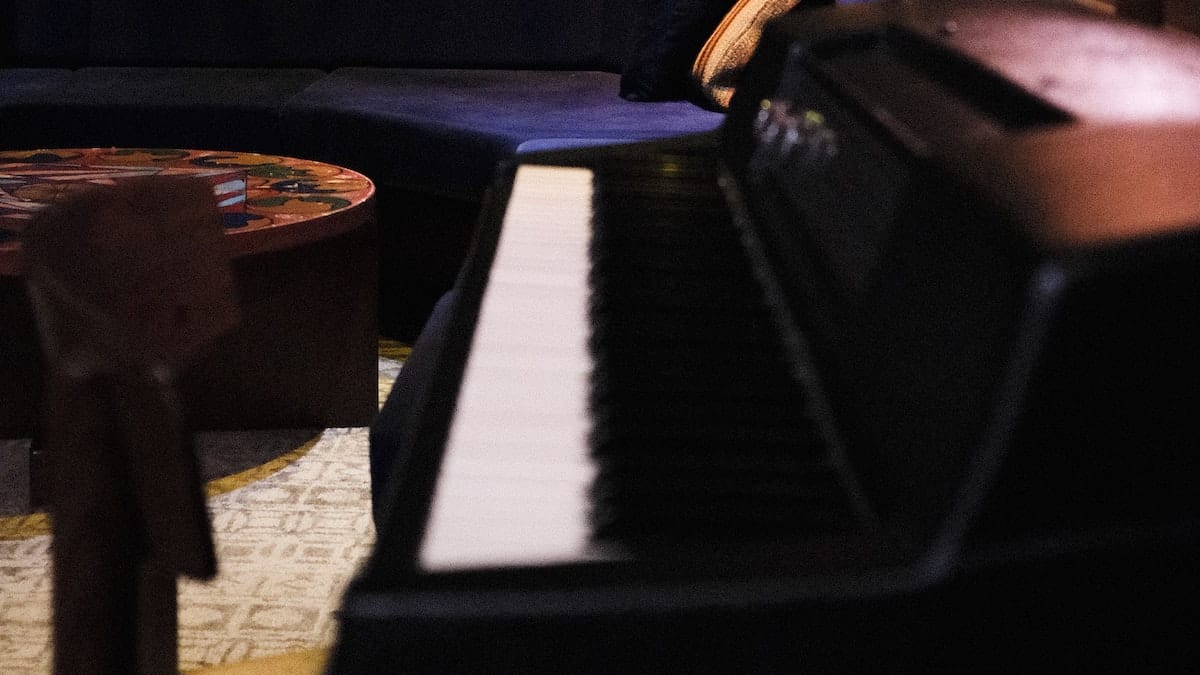Covers
Synth and Software, December 2020

About this Month’s Cover
Electric piano is an iconic sound, to use the cliché.
On the surface, there’s not much to it: a hammer hits a piece of tuned metal – very close to a pure sine wave with a sharp attack. That’s what makes sampled and modeled Rhodes, Wurlitzers, and other electric pianos work so well – the sound is pretty static at all velocity levels, it doesn’t have complicated sympathetic resonances… it’s simple.
So what is it about these instruments that can sound anywhere from cool and unique to retro, nostalgic, dated, cutting edge, funky, cheesy, soulless, soulful, and countless other adjectives? You can often identify pianists on an acoustic piano after a few notes by their touch. Why is that true of some musicians playing a Rhodes but not others?
The answer is that our ears and brains aren’t at all simple! Seemingly subtle variations make all the difference in the world, whether it’s the instrument, the amp and processing, and more.
And that’s why there are so many electric piano plug-ins on the market. This month we’ll focus on a couple of disparate ones: the Rhodes in Spectrasonics Keyscape (which actually is a collection of classic instruments), and the Orange Tree Famous E Electric Piano. You’ll probably recognize the E right away from a lot of hit albums in the ‘80s, producer (also A List guitarist) Jay Graydon’s signature sound. (Be sure to check out the interview with him, here and on the Synth and Software podcast we expect to launch later this month.)
We may have grown tired of electric pianos after they were overused in the day, but today they sound fresh.
Nick Batzdorf, Content Director
Synth and Software
Check out what’s In The Issue.
















